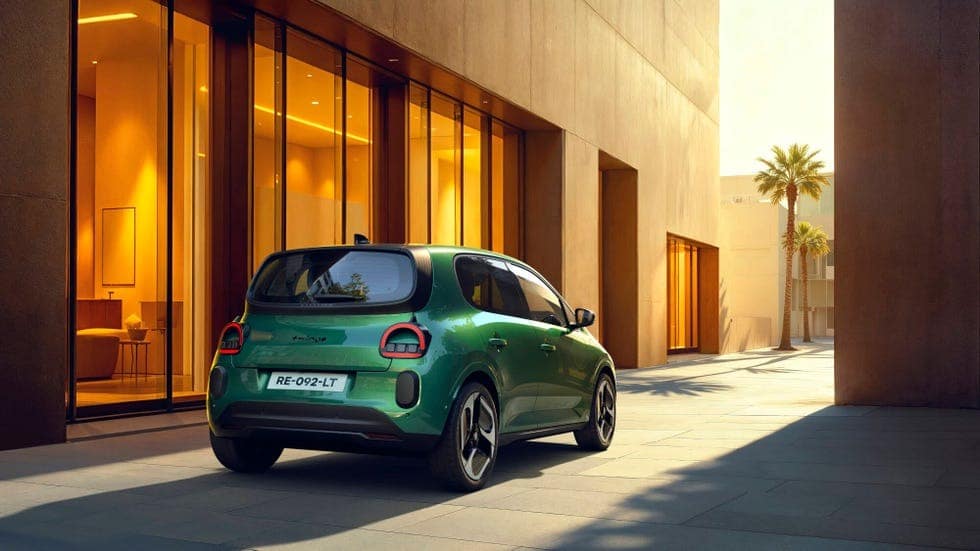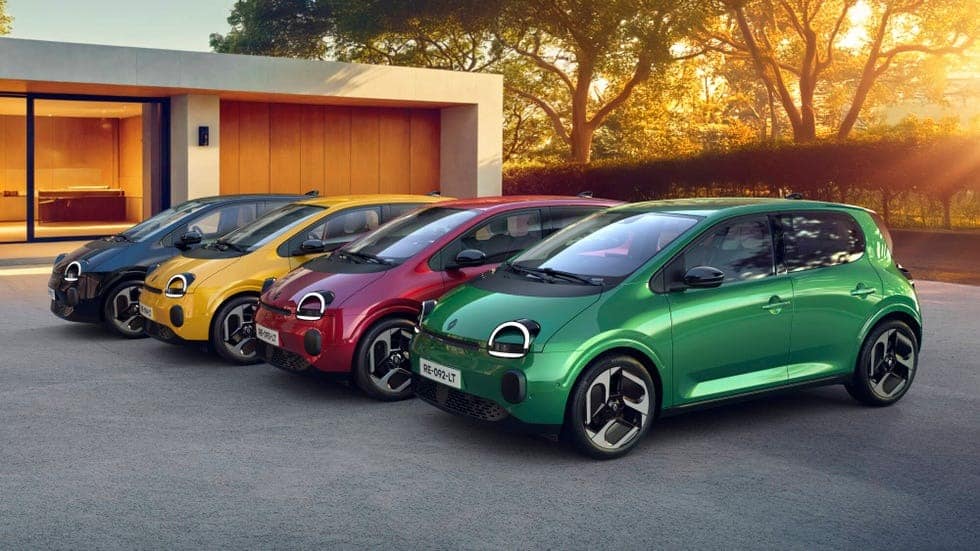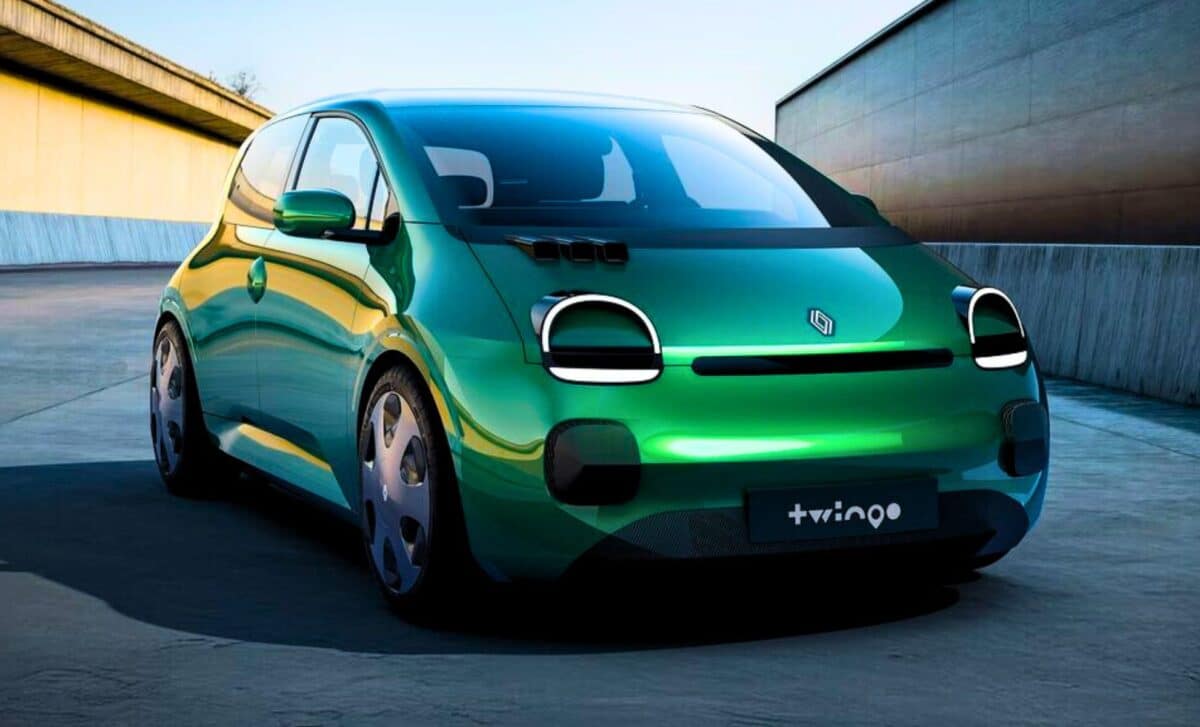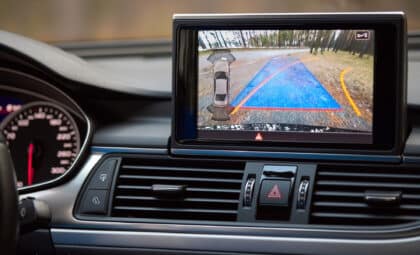In a bold move to reclaim ground in Europe’s shrinking city car market, Renault has announced the Twingo E-Tech Electric—a fully electric reimagining of its 1990s icon, designed to start at under €20,000 and launching in early 2026. While most automakers have abandoned the A-segment, Renault is doubling down, betting that stripped-down design, fast development, and European manufacturing can restore profitability—and credibility—to the bottom of the EV pyramid.
The unveiling comes amid a systemic contraction in Europe’s smallest vehicle class. The A-segment, once accounting for double-digit market share, has shrunk to just 5% of total EU car sales, per Renault’s own market data. Safety mandates, emissions rules, and battery costs have made it nearly impossible to sell a profitable electric vehicle under €25,000—until now.

Renault is trying to reset that reality. The Twingo E-Tech Electric, announced officially on November 6, was developed in just 100 weeks and will be built in Slovenia at the Novo Mesto facility, qualifying it for most European EV subsidies. It’s powered by a 60 kW motor, a 27.5 kWh LFP battery, and optimized for 263 km WLTP range—all with zero tailpipe emissions.
“The challenge was not just building a cheap electric car,” said Renault CEO Fabrice Cambolive. “It was doing it in Europe, sustainably, without sacrificing value.” Renault calls the Twingo E-Tech “a revolution in its segment.” The market will decide if that’s optimism or foresight.
Europe’s Small Car Dilemma: Affordable, but Impossible?
Once the heart of the European market, compact ICE vehicles like the original Twingo, Peugeot 108, and Fiat Panda have largely disappeared. According to Road & Track, the average cost of compliance with EU safety and emissions regulations now exceeds the margins available on sub-€15,000 vehicles—especially once batteries are factored in.
While China floods global markets with low-cost EVs like the BYD Seagull, priced below $11,000 domestically, European manufacturers face a bind: compete on price and lose money, or abandon the segment altogether. Stellantis’ response was the Citroën ë-C3 at €23,300. Volkswagen’s ID.2all won’t arrive until 2026—and is forecasted to start at €25,000.

That leaves a wide-open gap under €20,000—a space Renault is trying to reclaim. By using a low-cost Lithium Ferrophosphate (LFP) battery and torsion beam rear suspension—replacing the pricier multi-link system from the Renault 5—engineers stripped cost from the platform without compromising structure. Renault claims the Twingo is 20% cheaper to build than similarly sized electric vehicles using Nickel Manganese Cobalt (NMC) batteries.
This design calculus positions the Twingo not as a “budget car,” but as a strategic asset. It will also underpin the 2027 Dacia Spring successor and a future Nissan urban EV, spreading development costs across the Ampere platform.
Form Follows Function, With a Wink to Nostalgia
The new Twingo is 3.79 meters long—slightly larger than the 2014 model—but retains five doors and a familiar rounded silhouette, clearly inspired by the 1992 original. Its small aero-optimized wheels (16″–18″) and low beltline echo the past, while modern lighting and flush door handles signal its contemporary mission.
Inside, Renault emphasized modularity and digital minimalism. The rear seats are individual and sliding, and the front passenger seat folds flat to accommodate items up to 2 meters in length—an Ikea-friendly benchmark. Cargo space ranges from 305 to 1,000 liters, with a bonus 50-liter compartment under the floor for charging cables.

Infotainment is delivered through a 10” touchscreen and 7” digital cluster, with Google built-in on higher trims. Wireless Apple CarPlay and Android Auto are standard from base trim—a rare move in this price segment. Charging is equally flexible: 6.6 kW AC as standard, or an optional 11 kW AC + 50 kW DC fast charging pack, reducing charge times to 30 minutes for 10–80%.
For everyday city driving, Renault is introducing a “One Pedal” driving mode, improving comfort in stop-and-go conditions. The Twingo also supports bidirectional charging (V2L) up to 3.7 kW, and future models will support Vehicle-to-Grid (V2G) functions for energy feedback to the grid.
Can Renault Sell Dreams Under €20,000?
The bigger question isn’t whether Renault can build the Twingo—it’s whether it can price it low enough to change the EV landscape. Renault has confirmed that the base model will start below €20,000, with incentives potentially reducing final customer price to €16,000 in countries like France or Germany.
Yet, as L’Automobile Magazine notes, final specs and battery costs may shift by 2026. Renault has not disclosed the price of the optional fast-charging pack or whether all models will include V2L/V2G features.
The company insists that the Twingo will not cannibalize the upcoming Renault 5, which will start at a higher price point with a larger 52 kWh battery and range near 410 km. Instead, the Twingo fills the segment gap beneath it—a move Renault calls “strategic insulation.”
Industry insiders agree. “This is a test of how far lean manufacturing and modular platforms can stretch in the EV age,” said Laurent Petizon, auto sector analyst at AlixPartners. “If Renault gets it right, it changes the game not just for Europe—but for India, Latin America, even Africa.”









